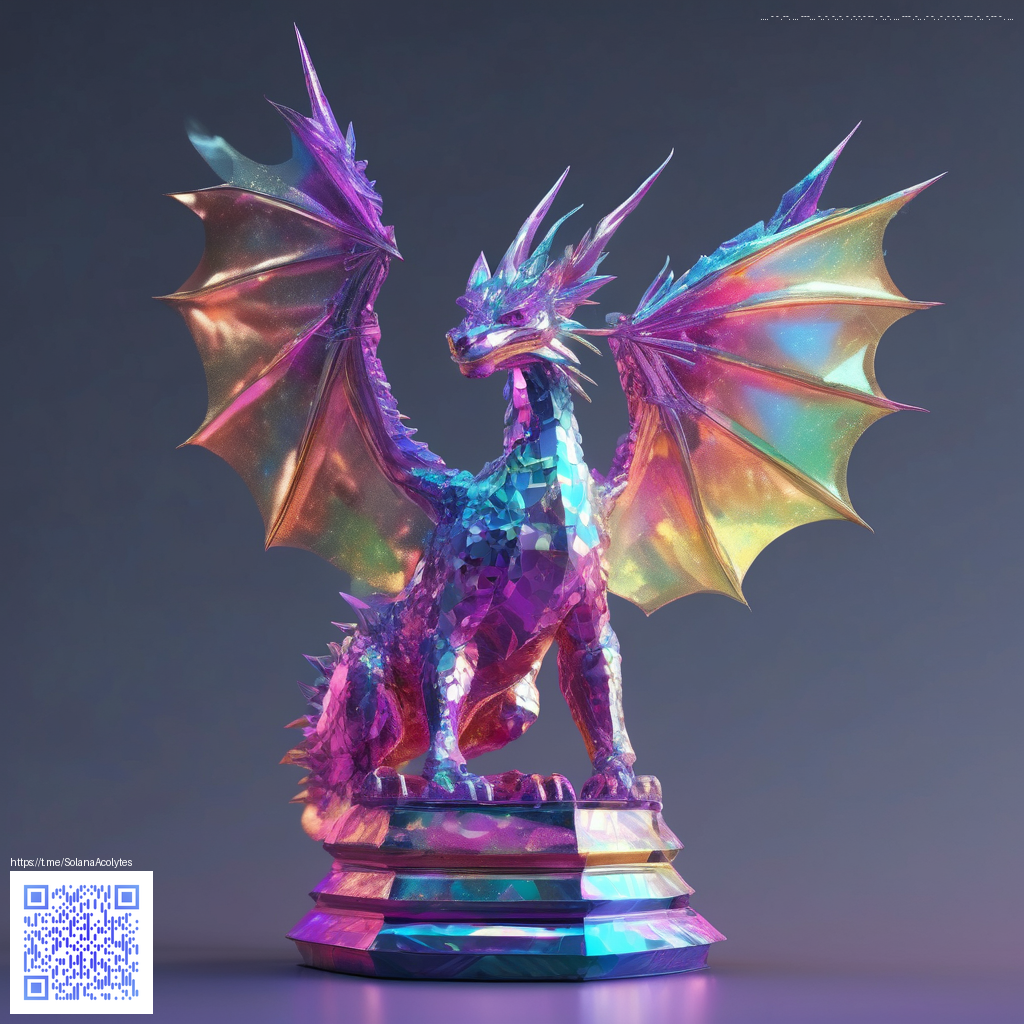
Getting Started with Color Palettes for Digital Paper
Color palettes are the heartbeat of digital paper design. They determine how your patterns convey mood, how information reads on screen, and how your work translates across devices. When you’re sketching a new set of digital papers—whether for scrapbooking kits, printable cards, or UI mockups—the palette acts as a compass. It helps you stay cohesive even as you layer textures, gradients, and typography into your composition.
“A great palette is less about chasing the perfect shade and more about establishing a believable, navigable color world for your audience.”
To translate that belief into practice, start with intent. Ask yourself who will use your digital paper and in what context. If the audience browses on mobile, for instance, you’ll want higher contrast for legibility and a limited number of hues to avoid visual noise. If the project is a decorative pack for planners or digital diaries, you have more latitude for playful combinations. The key is balance: one unifying element (a dominant hue or a neutral base) anchored by a handful of accents that support readability and emotion.
Palette strategies that scale
- Monochrome with a pop: Build a base around a single hue in varying saturations and brightness. Add one bright accent to draw attention to callouts or key elements.
- Analogous harmony: Choose colors next to each other on the color wheel for a cohesive, calm feel. This works beautifully for subtle textures in digital papers that should not overpower the content.
- Complementary contrast: Pair a color with its opposite to create vibrancy and emphasis where you need it most. Use the opposing hue sparingly to prevent overwhelm.
- Triadic and tetradic dynamics: For richer palettes, select three or four hues spread evenly around the wheel. This approach yields bold, energetic palettes that still feel deliberate and balanced.
- Neutral anchors: Mix muted neutrals (grays, creams, or soft browns) with a few saturated accents. Neutrals help your digital paper stay versatile across different projects.
As you experiment, keep accessibility in mind. A high-contrast pair is essential for legibility on small screens, and consider how your palette reads in grayscale for users who disable color or view in monochrome. If you want tactile inspiration while you design, tactile workspace tools can be surprisingly helpful. For example, the Neon Desk Mouse Pad—Custom Rectangular One-Sided Print (3mm Thick) offers a physical reference point when you’re adjusting color relationships in your workflow. You can explore that product page for a concrete, real-world sense of how contrast and saturation feel in practice: https://shopify.digital-vault.xyz/products/neon-desk-mouse-pad-custom-rectangular-one-sided-print-3mm-thick.
Beyond theory, try a practical workflow. Start with a restrained base palette of four to five colors. Create a small set of swatches and test them against common digital surfaces: white backgrounds, dark text on light backgrounds, and both light- and dark-mode interfaces. Iterate by swapping a single hue while preserving the overall balance. If you’re curious about broader inspiration, a visit to a curated resource page at https://x-vault.zero-static.xyz/a4e4a32c.html can spark ideas for how others combine color with typography and texture.
Practical steps to refine your palette
- Define a primary brand hue that will ground your set.
- Pick two or three supporting colors that harmonize with the primary and offer contrast for UI elements or focal points.
- Test accessibility early—check contrast ratios and ensure readability across devices.
- Validate your palette against real content: buttons, icons, and labels in various scales.
- Document your palette with hex codes and usage notes to keep projects consistent.
In the end, the best color palette for digital paper is the one that feels intentional and adaptable. It should guide the eye, support storytelling, and remain legible whether viewed on a phone, tablet, or desktop. A thoughtfully chosen set of hues can transform a simple pattern into a cohesive collection that designers reach for again and again.